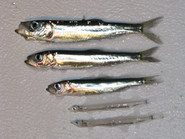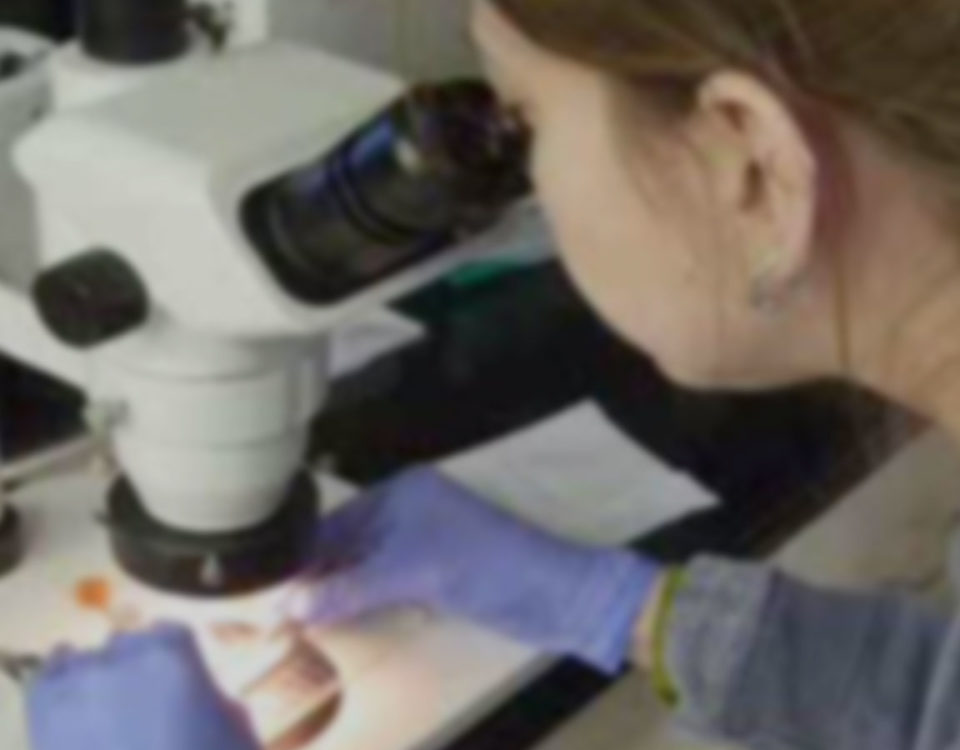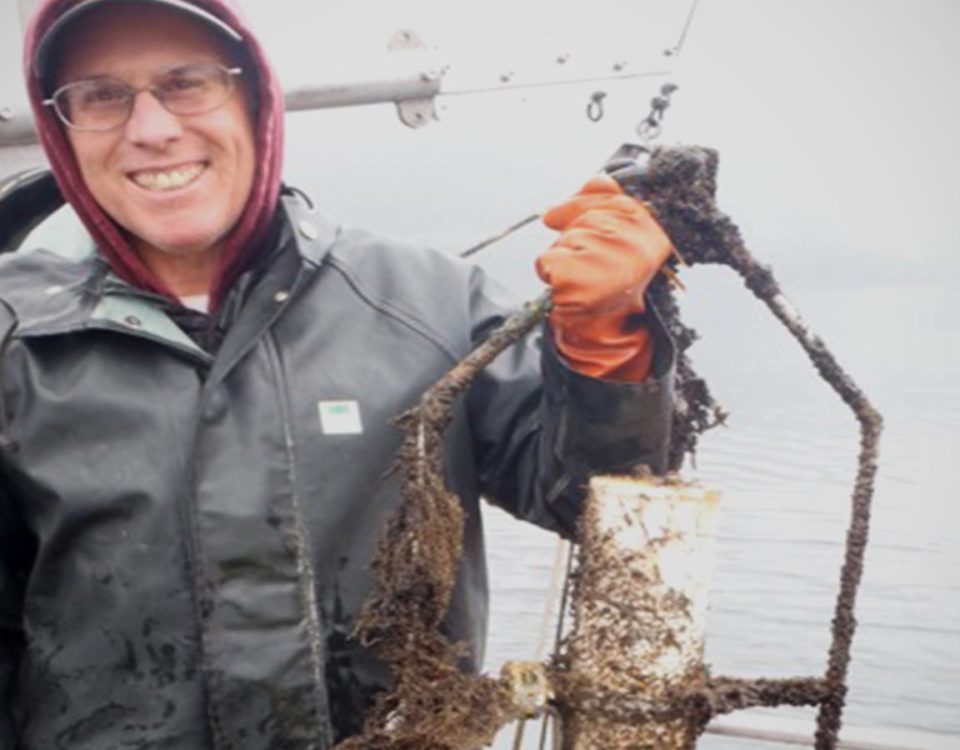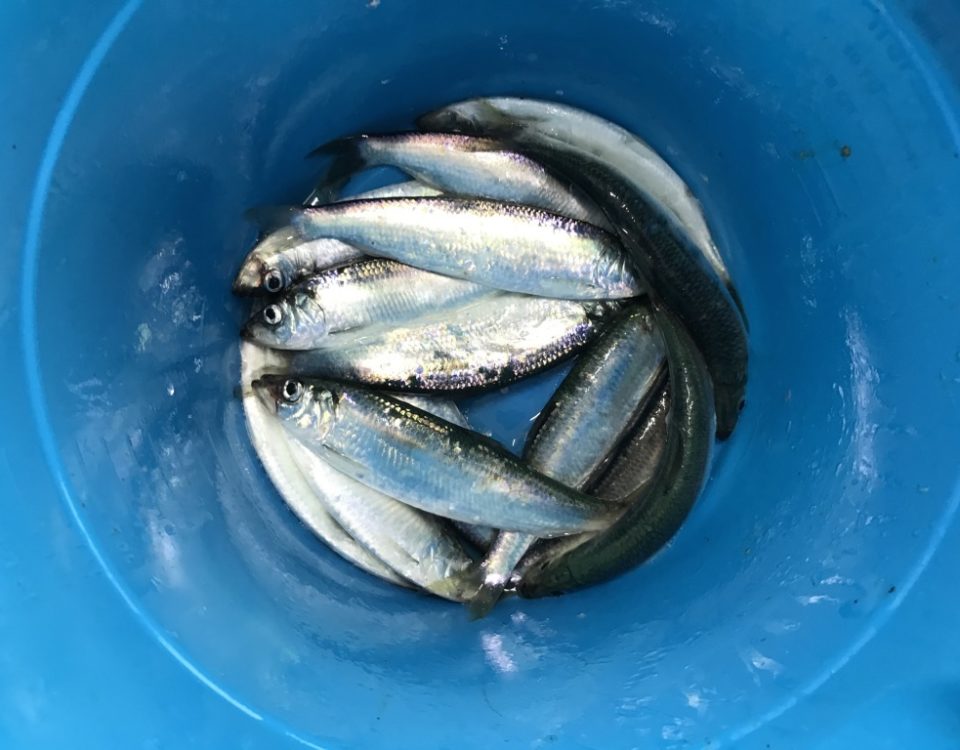Growth, energy and survival

Project
Growth, energy and survival
Background
In winter, low plankton productivity means that herring are unable to obtain all the energy needed for metabolism through foraging. In order to survive, they must rely on energy stored in the form of fat. The energy that herring obtain from feeding contributes to the growth of both fat and muscle, but the allocation of that energy varies throughout the year. For example, as herring feed on abundant plankton in the fall to prepare for winter, a higher proportion of their food energy is stored as fat. Therefore, herring populations that have the highest rates of growth in the fall may have the highest likelihood of surviving the winter.
Methods
Ron Heintz led a study to determine fall growth rates of juvenile herring and how their energy was allocated to fat and muscle. In the fall and spring, we collected age-0 herring from bays throughout Prince William Sound. The herring were analyzed to determine the amount of muscle and fat they contained, as well as their rate of growth. Their stomach contents were also examined to see if the amount and types of food the herring eat correlated with the prey available in their habitat.
What we learned
This study helped us learn whether fall growth was an indicator of winter survival. By comparing data from both fall and spring, we were able to see how much of their fat stores juvenile herring use during the winter. Comparing results between different bays in PWS helped identify certain areas that were potentially better herring habitat than others because of growth and food availability. Results from this study also helped test models of overwinter survival and aided in predictions of how herring populations respond to changing environmental conditions.
PRINCIPAL INVESTIGATOR
Ron Heintz, Ph.D.NOAA
ron.heintz@noaa.gov
RESEARCH PERIOD
2009-2012FUNDING
Exxon Valdez Oil SpillTrustee Council




